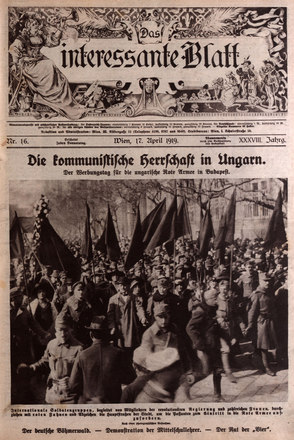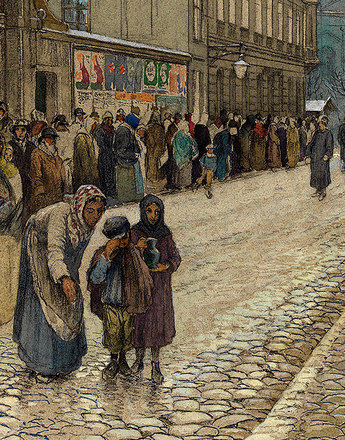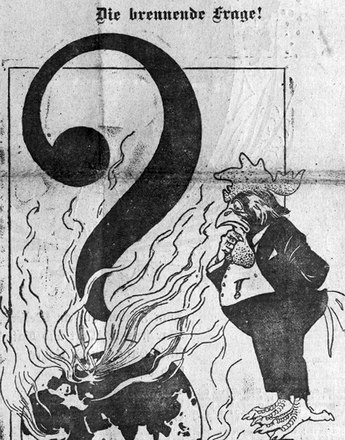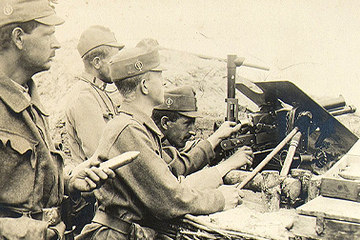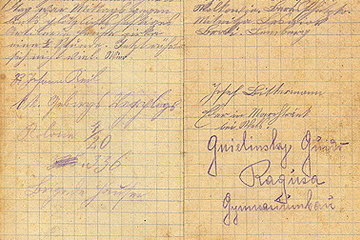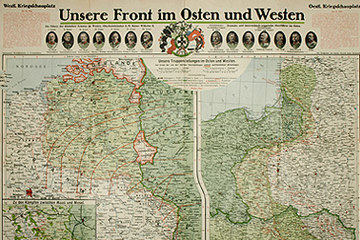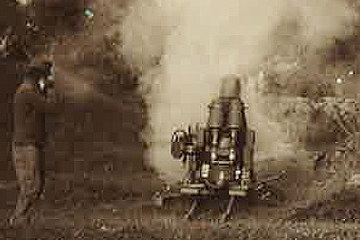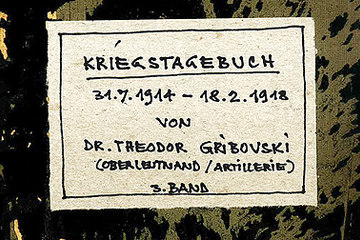Generally speaking, the turn of the year 1918/19 meant further escalations of violence for the Central-Eastern European macro-region. This was caused by three key factors: firstly, the conflicts between the successor states of the Habsburg Empire and the connected battles between the Hungarian Councils and the neighbouring states; secondly, Poland’s territorial claims and those of its antagonists; and thirdly, the advance of the Red Army into the former German-Austrian occupied territories.
Due to the disintegration of the Habsburg Empire a crisis zone emerged in Central Europe that was shaken by ethnic conflicts as well as by social and political tensions. The hope for a world revolution as well as radical, left-wing, attempted coup d'états played a rather important role in that.
The emergence of the Hungarian Soviet Republic in 1919 proved how such tendencies could be linked to national interest. In the end Hungary, disappointed by the territorial claims of the Entente, turned to the slogans of the ‘October Revolution’. Again, the subsequent incipient anti-Bolshevik interventions of the neighbouring state Romania in particular could not be separated from its territorial claims.
Again, in the ‘German-Austro rump state’, and in particular its capital Vienna which was seen as a hotspot for a Bolshevik rebellion, it was all about territorial claims and armed confrontations in particular with Magyar and South Slav troops.
Meanwhile there were fights further north and east over the borders and the fate of the new national states. Polish troops fought against Ukrainian and Baltic independence movements as well as advancing military formations of the Red Army, who, for their part, not only successfully opposed the ‘peoples on the margins’, but also the internal opposition and foreign troops: in the course of 1918 Japan and the Western Powers had decided on confronting Lenin’s ‘October Regime’. An allied intervention in the former Tsarist Empire, which was characterised by quite a number of inconsistencies, and brought to light the distrust between Tokyo and Washington, extended the zones of combat and unrest right up to the Pacific Ocean by the early 1920s.
Meanwhile the rivalries in the multi-ethnic territories between Gdansk and Odessa, Tallinn and Taganrog, between Poznan and Minsk, Krakow and Kharkov, where the major battles of the First World War had been fought, ended in a ‘duel’ between Warsaw and Moscow which resulted in the Polish-Soviet Treaty of Riga on March 18, 1921.
Leidinger, Hannes: Der Erste Weltkrieg, Wien/Köln/Weimar 2011
Neiberg, Michael/Jordan, David (Hrsg.): The Eastern Front 1914–1920. From Tannenberg to the Russo-Polish War, London 2008
-
Chapters
- ‘The Forgotten Front’ – The Long Neglect and New Interest in the ‘East’
- Characteristics in Warfare at the Russian Front
- The Results of the Offensives and Territorial Gains
- War against the Local Population
- The Opening Military Campaigns
- The Calamity of the Tsarist Army
- Russia’s ‘Last Gasp’
- The Russian Revolution and the Fragile Peace in the ‘East’
- Occupation
- Never Ending Violence

